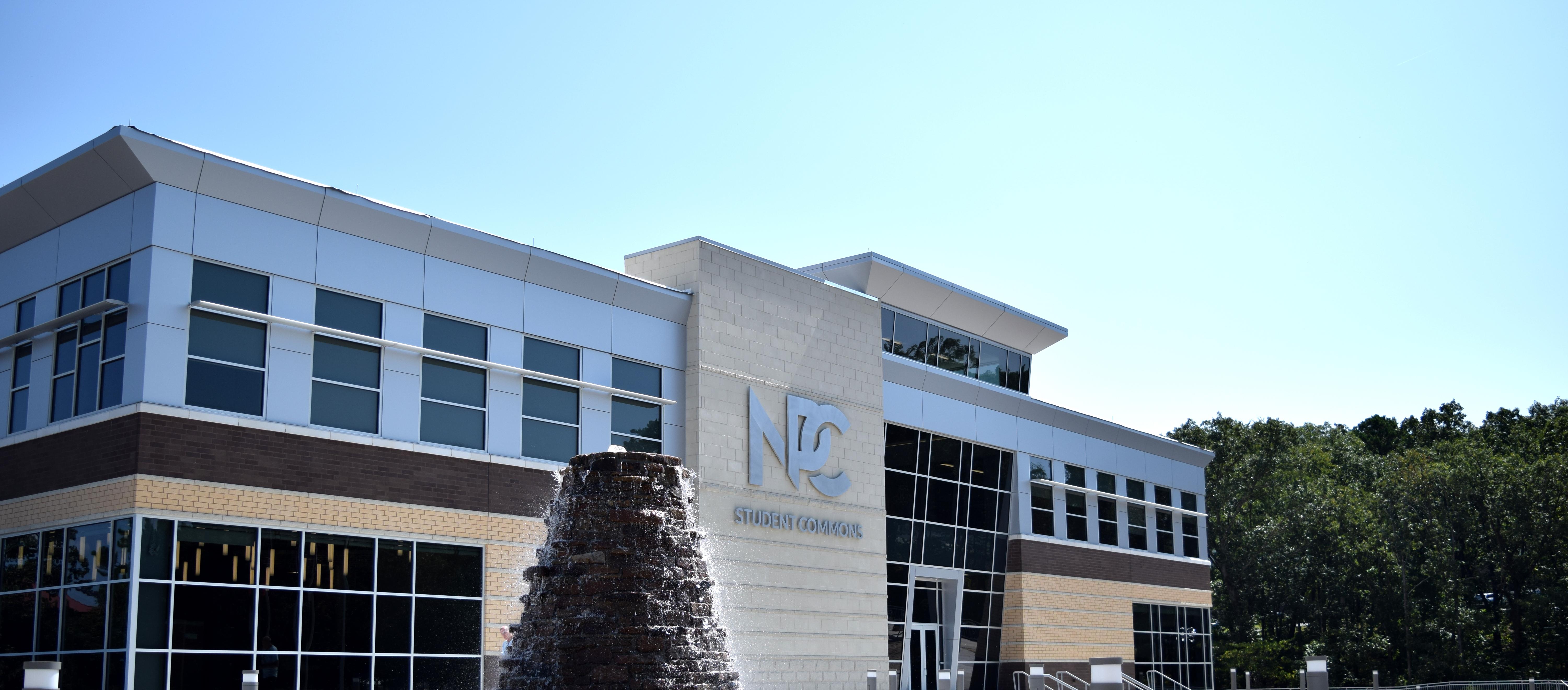| |
Dec 19, 2025
|
|
|
|
|
MATH 2214 - Calculus I* 4 Credits
Calculus I includes the study of limits and continuity; the derivative; differentiation rules for transcendental functions including exponential, logarithmic, inverse trigonometric, and hyperbolic functions; implicit and logarithmic differentiation; applications of differentiation to analytic geometry, rates of changes, and optimization; the integral; integration techniques including the substitution rule.
Prerequisite: Appropriate placement score or MATH 1133 Trigonometry with a grade of “C” or better.
Prerequisite Exception: MATH 1223 Pre-Calculus and its co-requisite, LAD 9082 Pre-Calculus with Review 2 section, with a grade of “C” or better and permission of the dean, may be used as a pre-requisite for those majoring in the following degrees:
• Chemistry, AS-STEM for Transfer to SAU at NPC BS in Chemistry, Pre-Health Professional-Biochemistry
• Computer Science - General, AS-STEM for Transfer to SAU at NPC BS in Computer Science-General
• Computer Science - Computer Gaming & Animation Design, AS-STEM for Transfer to SAU BS in Computer Science - Computer Gaming & Animation Design
• Computer Science - Cybersecurity & Privacy, AS-STEM for Transfer to SAU BS in Computer Science -Cybersecurity & Privacy
Course Level Objectives
Upon successful completion of this course, the student will be able to:
1. Compute limits. (GEO 3)
2. Determine intervals of continuity and differentiability. (GEO 3)
3. Apply the definition to compute the derivative. (GEO 2, 3)
4. Find the derivative of powers, products, quotients, composite functions, trigonometric functions, inverse trigonometric functions, implicitly defined functions, exponential functions, and logarithmic functions. (GEO 3)
5. Analyze the characteristics of the graph of a function including absolute extrema, relative extrema, concavity, inflection points, and asymptotes by using curve sketching techniques. (GEO 2, 3)
6. Apply principles of differentiation to the solution of problems related to natural and social sciences including but not limited to rate of change, slope of the tangent, optimization, exponential growth/decay, and motion. (GEO 2)
7. Compute the definite integral and find the indefinite integral of a function. (GEO 3)
8. Integrate functions by Substitution. (GEO 3)
9. Compute the area between two curves. (GEO 3)
10. Apply principles of integration to problems including but not limited to net area and displacement. (GEO 2, 3)
11. Use technology to collaborate, solve problems, represent data, and present solutions. (GEO 1, 4)
ACTS Equivalent Course Number: MATH 2405
Latest Update Effective: Summer 2021
Add to Portfolio (opens a new window)
|
|

